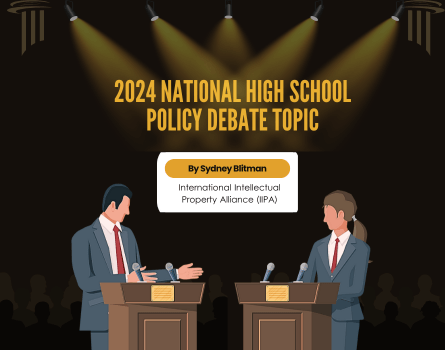
Strong Copyright Law Matters: The International Perspective
Resolved: The United States federal government should significantly strengthen its protection of domestic intellectual property rights in copyrights, patents, and/or trademarks The International Intellectual Property Alliance (IIPA) was established nearly […]
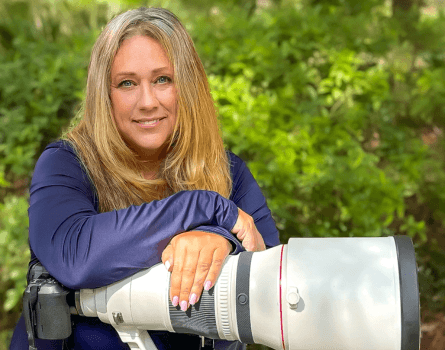
Creator Spotlight with Nature Photographer Jackie Schletter
This week, we’d like to introduce you to nature photographer Jackie Schletter. Jackie is an award-winning photographer who has achieved numerous accolades over the years, including placing first in Soba’s 30th Annual Judged Show […]
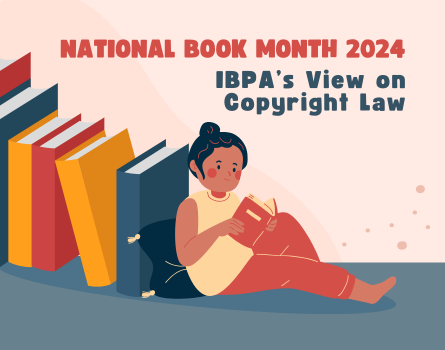
National Book Month 2024: IBPA’s View of Copyright Law
In celebration of National Book Month 2024, Copyright Alliance member, the Independent Book Publishers Association, offers its perspectives of why strong copyright protections are important to their ability to create […]

Creator Spotlight with Cartoonist Maryette Clement
This week we’d like to introduce cartoonist and author Maryette Clement. Maryette’s book, The Teenyboppers #1, is available on Amazon. Be sure to also follow her on Instagram. What was the inspiration behind becoming a […]
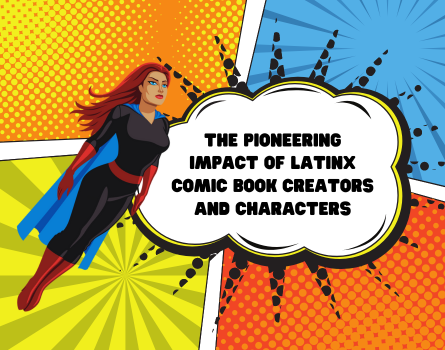
The Pioneering Impact of Latinx Comic Book Creators & Characters
National Hispanic Heritage Month is celebrated each year from September 15 to October 15. The 2024 theme, Pioneers of Change: Shaping the Future Together, provides a fitting backdrop to explore […]
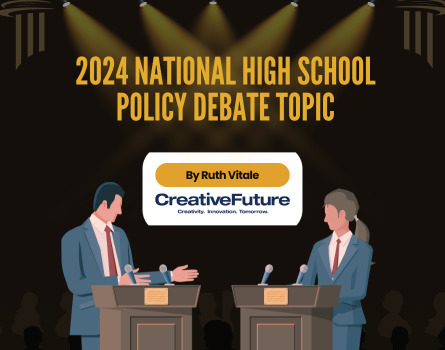
Why the U.S. Needs to Strengthen Online Copyrights: An Indie Filmmaker’s Perspective
The 2024-2025 National High School Policy Debate Topic is: Resolved: The United States federal government should significantly strengthen its protection of domestic intellectual property rights in copyrights, patents, and/or trademarks. […]
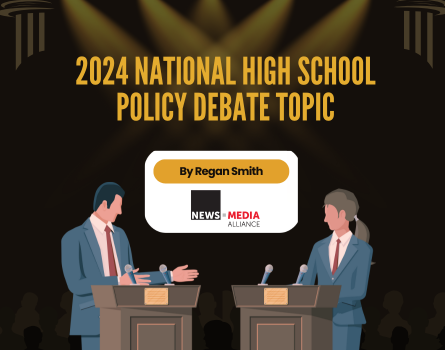
How A Strong Copyright System Benefits the United States
The 2024-2025 National High School Policy Debate Topic is: Resolved: The United States federal government should significantly strengthen its protection of domestic intellectual property rights in copyrights, patents, and/or trademarks. Growing […]

Creator Spotlight with Storm Chaser & Musician Pecos Hank
This week, we’d like to introduce storm chaser and musician, Hank Schyma (also known as Pecos Hank). Hank’s footage includes original storytelling, narration, and music, which is shared with over 1.1 million YouTube subscribers. His […]
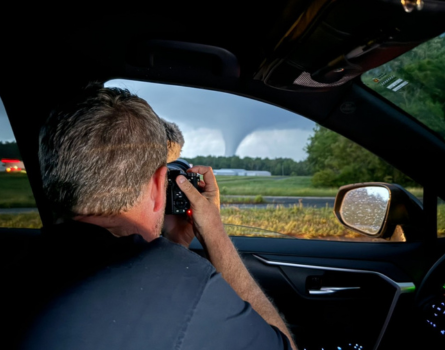
Creator Spotlight with Storm Chaser & Videographer Brandon Clement
The Copyright Alliance team had the opportunity to speak with storm chaser and videographer Brandon Clement to learn more about his exciting career and the immense amount of copyright infringement […]

Creator Spotlight with Singer/Songwriter Nedislav Dragnev
This week we’d like to introduce you to Nedislav Dragnev, a young performer and songwriter. He became popular in Europe and Asia and has accomplished impressive achievements in global entertainment, performing in shows and commercial projects. […]

